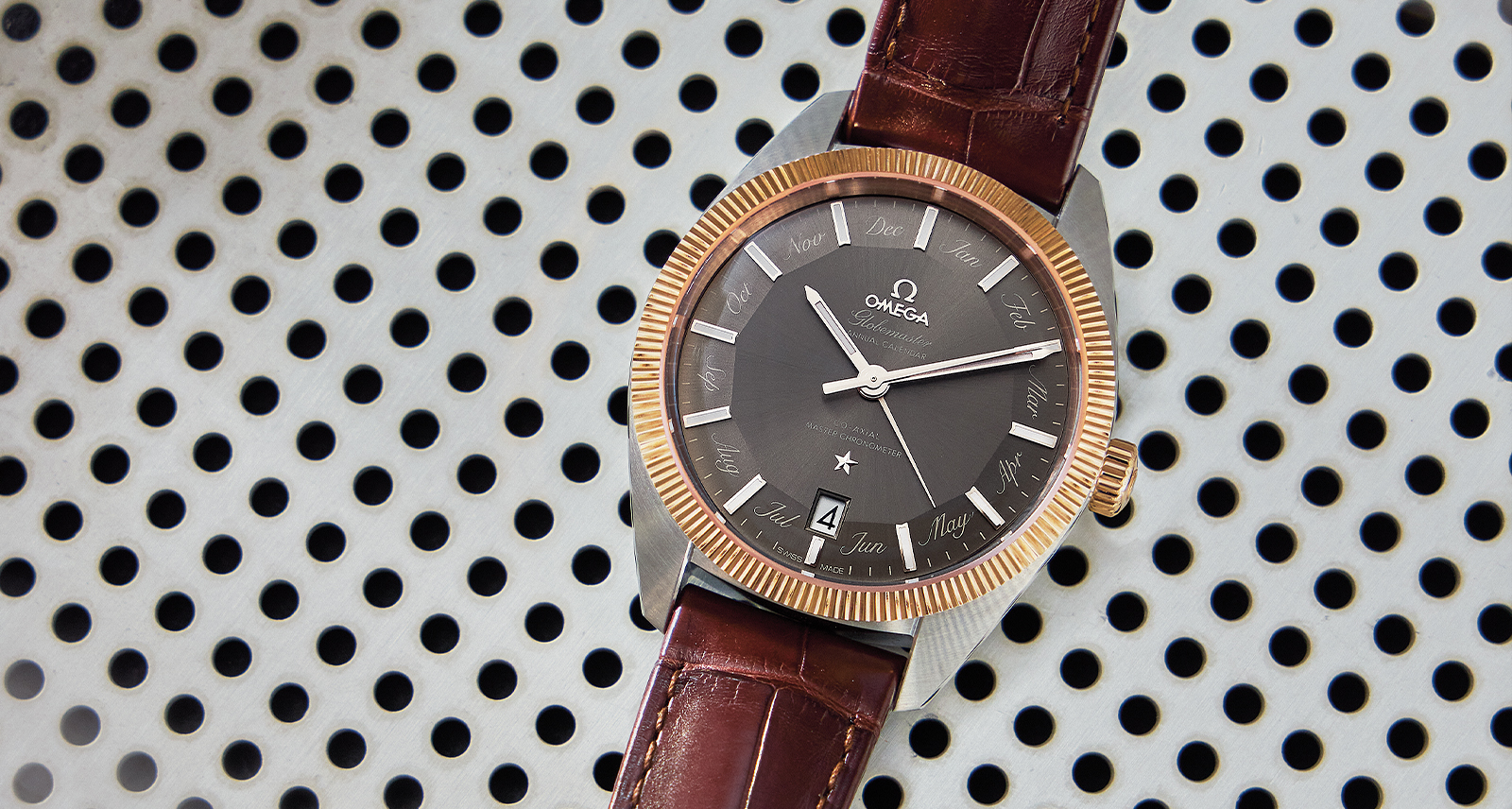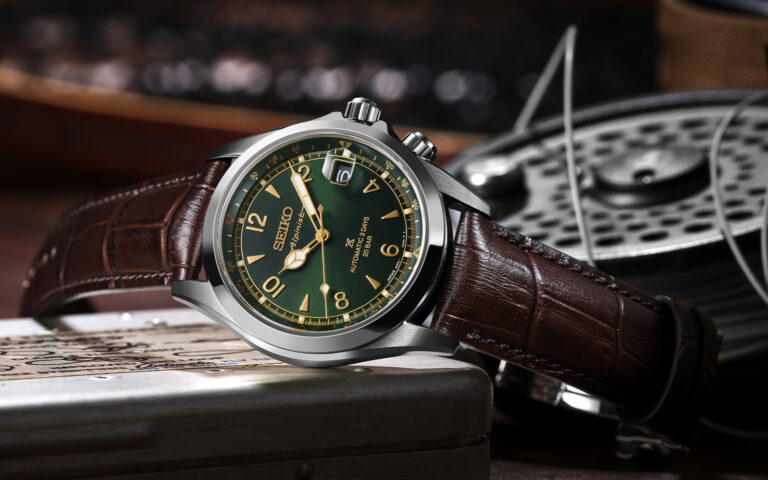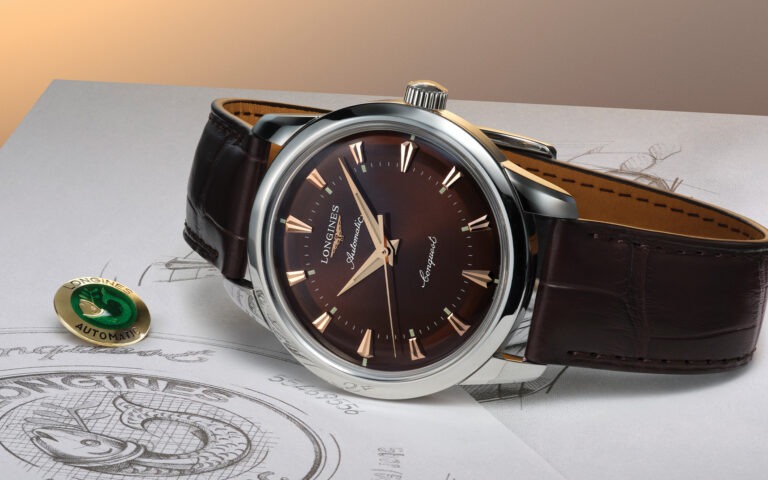To the untrained eye, one luxury watch might look much like any other, but look a little closer, and you’ll find a world of signature details. Fresh off the pages of The Book For Men, our watch photoshoot captures classic men’s watches — from the Rolex Land Dweller to the Omega Constellation — in all their glory. Bringing details into focus, these photos encourage viewers to appreciate the nuances of each moment, dial, and case.
Grand Seiko Evolution 9 Tentagraph SLGC007
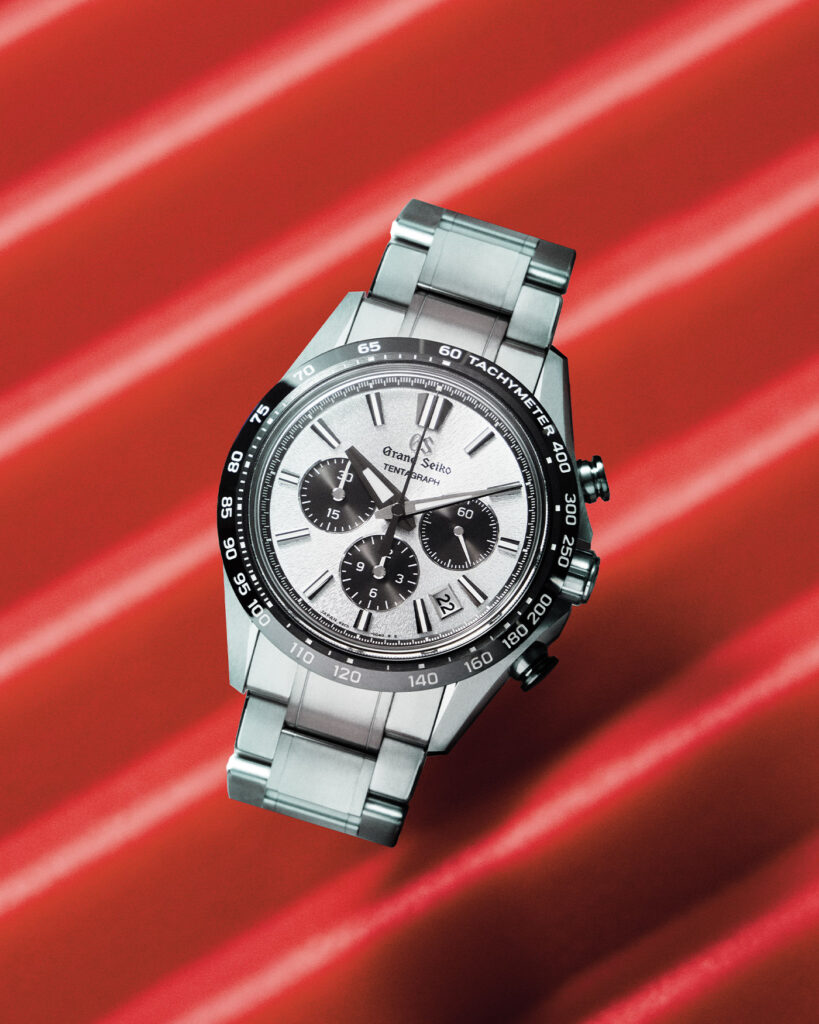
Learn More
Japanese craftsmanship is synonymous with the kind of attention to detail that takes many years to perfect, and Grand Seiko provides a textbook example of this fanaticism in the “zaratsu” polishing of its watch cases. A Japanese pronunciation of “Sallaz,” the German maker of the polishing machines it once used, zaratsu has become shorthand for the combination of razor-sharp angles, distortion-free mirrored surfaces, and delicate hairline finishes that give Grand Seiko’s watches their prized brilliance. ($18,900)
Rolex Land-Dweller
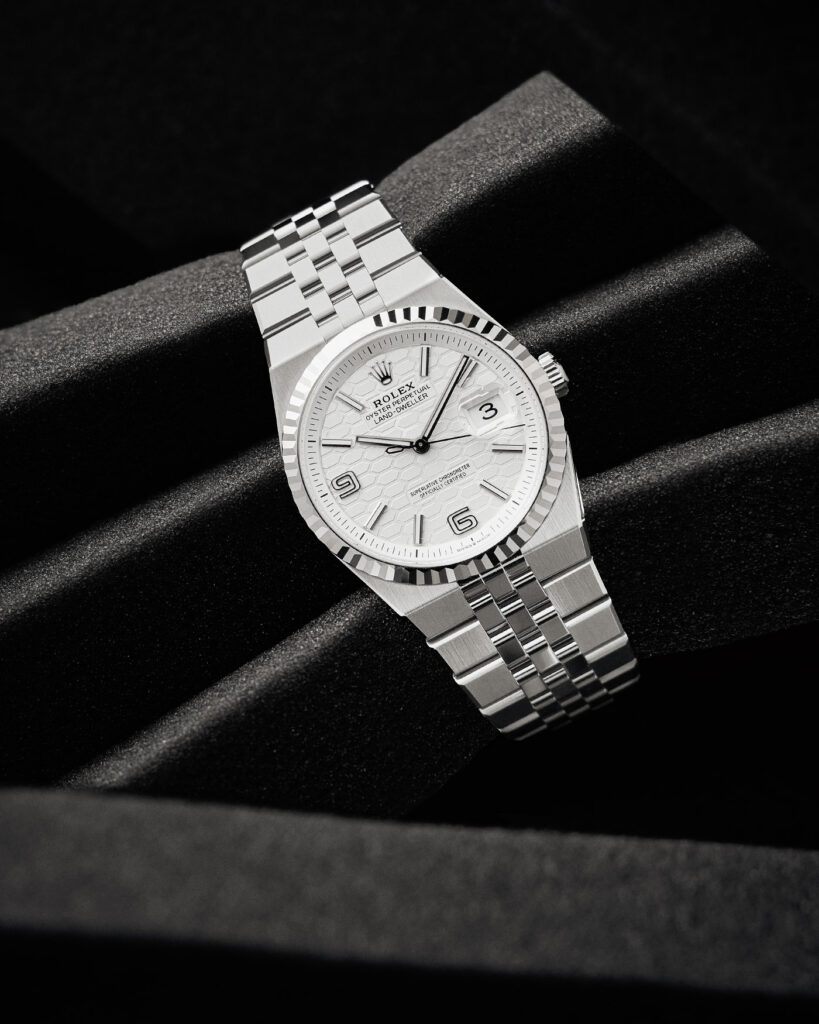
Learn More
Few brands can grab enthusiasts’ attention more reliably than Rolex, and this has proven especially true for its much-anticipated new family of sports watches, Land-Dweller. A precisely considered combination of classic and modern elements, it marries traditional Rolex features like a fluted bezel and Cyclops date window with a redesigned Jubilee bracelet and Oyster case. The most eye-catching feature of all, however, is the all-new honeycomb dial, with delicate grooves that are etched with a femtosecond laser. ($19,400)
Rado True Square Automatic Skeleton
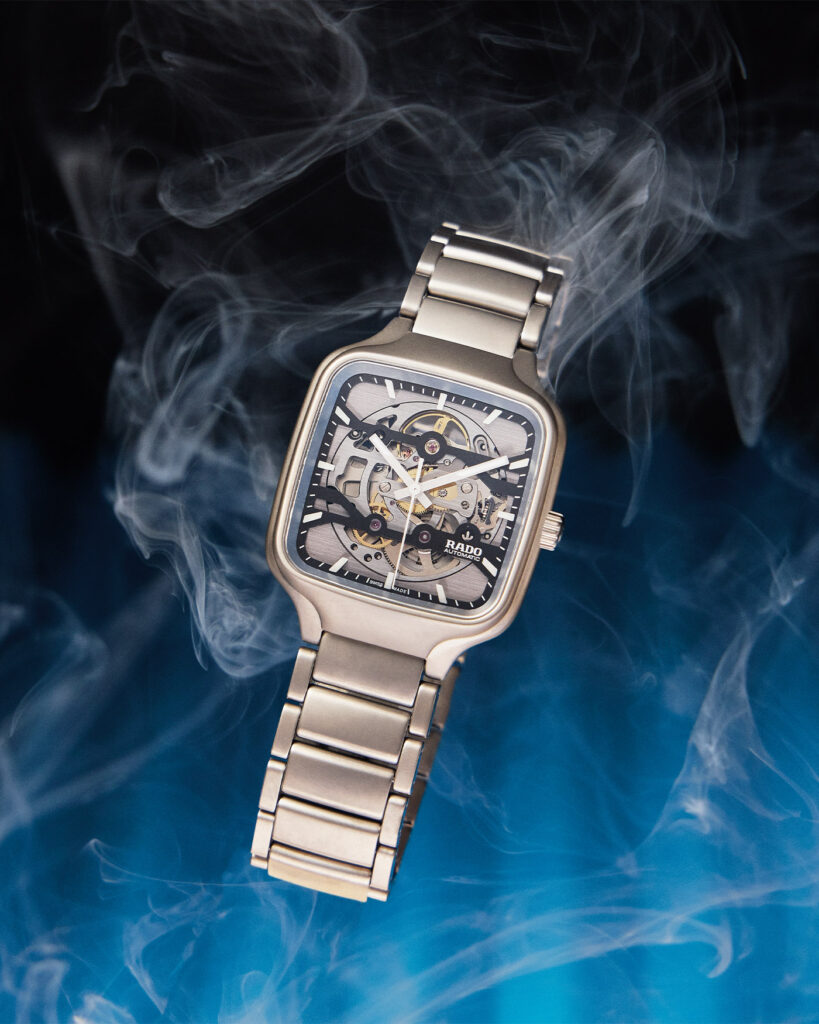
Learn More
This watch gets its ethereal matte finish from high-tech ceramic, a material that has been a Rado signature for more than 35 years. Ultralight, hypoallergenic, and virtually scratch-proof, the True Square’s case and bracelet are created by firing zirconium oxide powder mixed with pigments in a 1,450 C kiln for a full week, then firing again at up to 20,000 C (that’s four times the heat of the sun) to give them their unique, liquid metal look. ($4,400)
Jaeger-LeCoultre Reverso Tribute Duoface Small Seconds
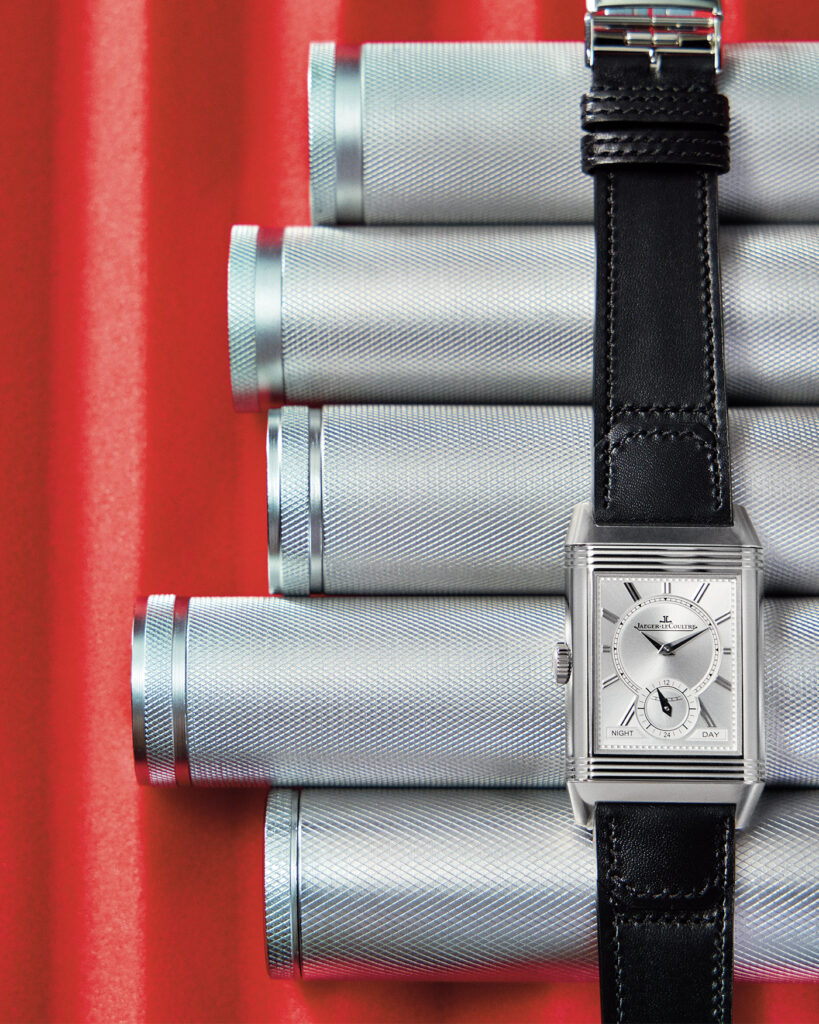
Learn More
The Reverso’s swivelling case was created in the 1930s for polo players, whose watches were prone to getting smashed by errant balls and mallets. Nearly a century later, the design has been adopted far beyond the polo field. The Reverso’s unique functionality now lends itself to a wide range of non-sporting variants, including this one with a second watch face on the back that displays another time zone. ($18,400)
Omega Constellation Globemaster
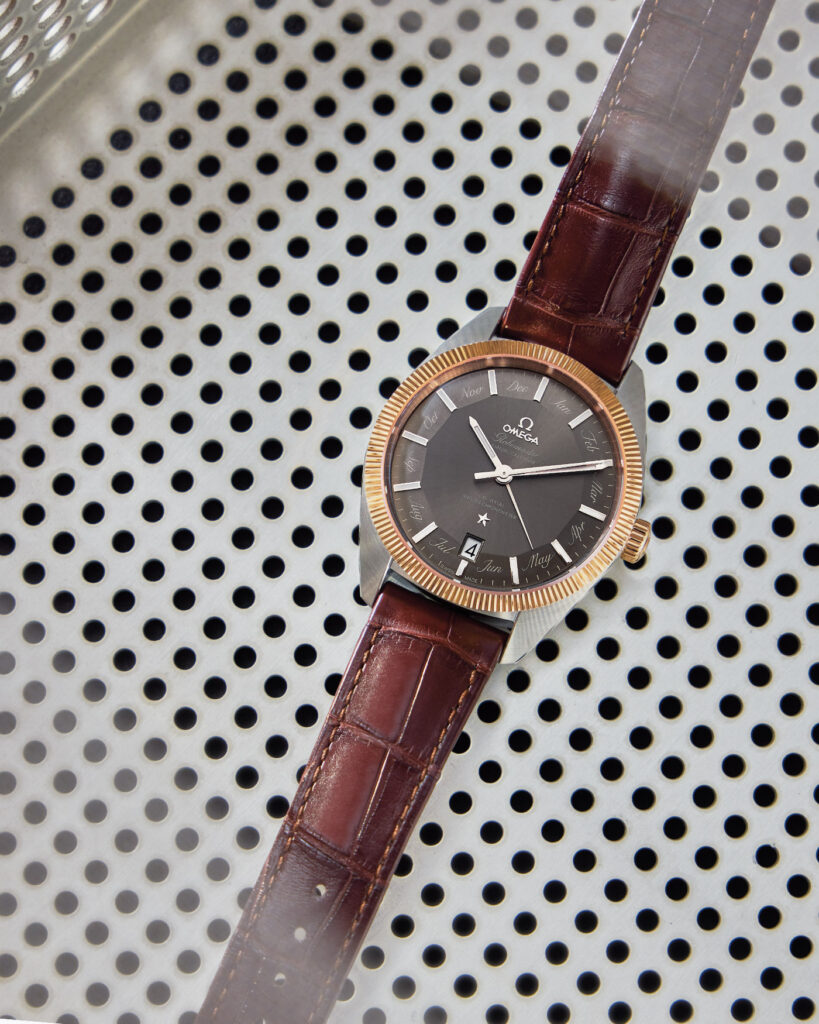
Learn More
The first Omega Constellation was released in 1952 to celebrate a string of wins and chronometer records that Omega earned between 1933 and 1952 at the Kew-Teddington Observatory. As modern-looking as it was technologically advanced, the watch’s signature feature was an angular “pie pan” dial, so nicknamed for its resemblance to a certain piece of upside-down cookware. Nearly three-quarters of a century later, the Constellation’s space-age dial remains unmistakable. ($18,400)
Tudor Pelagos
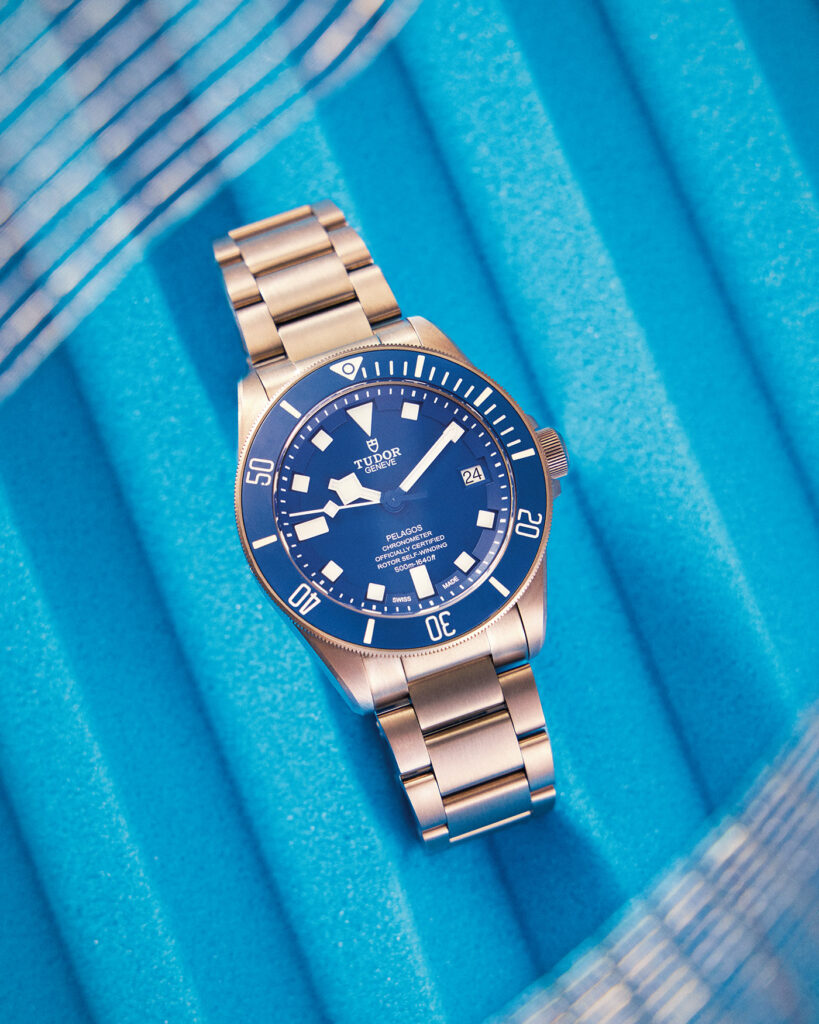
Learn More
Professional-spec diver’s watches are functional tools first and foremost, and every aspect of their design is dictated by their purpose as precision underwater timers. The “snowflake” hour and second hands found on Tudor dive watches, which were developed to make the time more easily legible underwater, are a perfect example of this. First seen on the Tudor ref. 7016 and ref. 7021 in 1969, this unique shape allows for a greater surface area that can hold more luminous material and, in turn, makes the watch glow all the brighter in low-light conditions. ($6,790)
BVLGARI Octo Finissimo Skeleton 8 Days
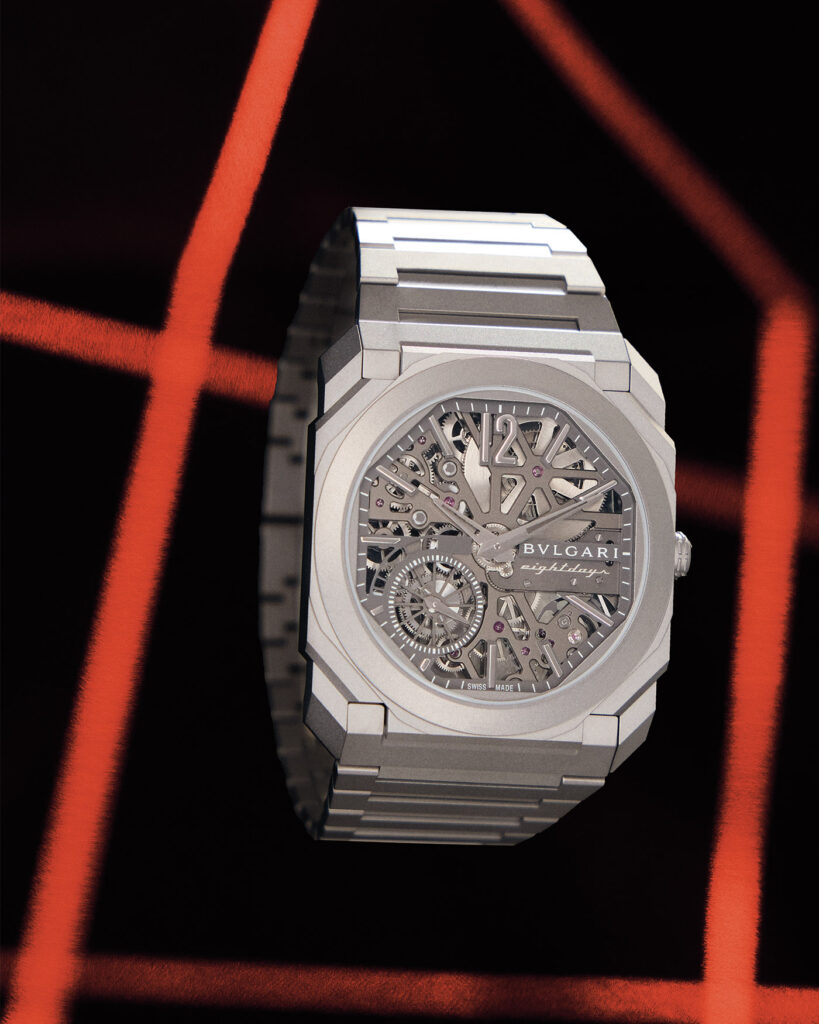
Learn More
This watch gets its name from its octagonal bezel (octo = eight) and its ultra-svelte profile (finissimo = very fine). These elements make it easily recognizable from across a crowded room, but the closer you look, the more its finesse becomes evident. Exemplifying BVLGARI’s blend of Swiss precision and Italian design, the sharp, industrial edges of the Octo’s namesake bezel are echoed in details from the hands to the bracelet links to the winding crown. ($36,300)
Montblanc Iced Sea Automatic Date
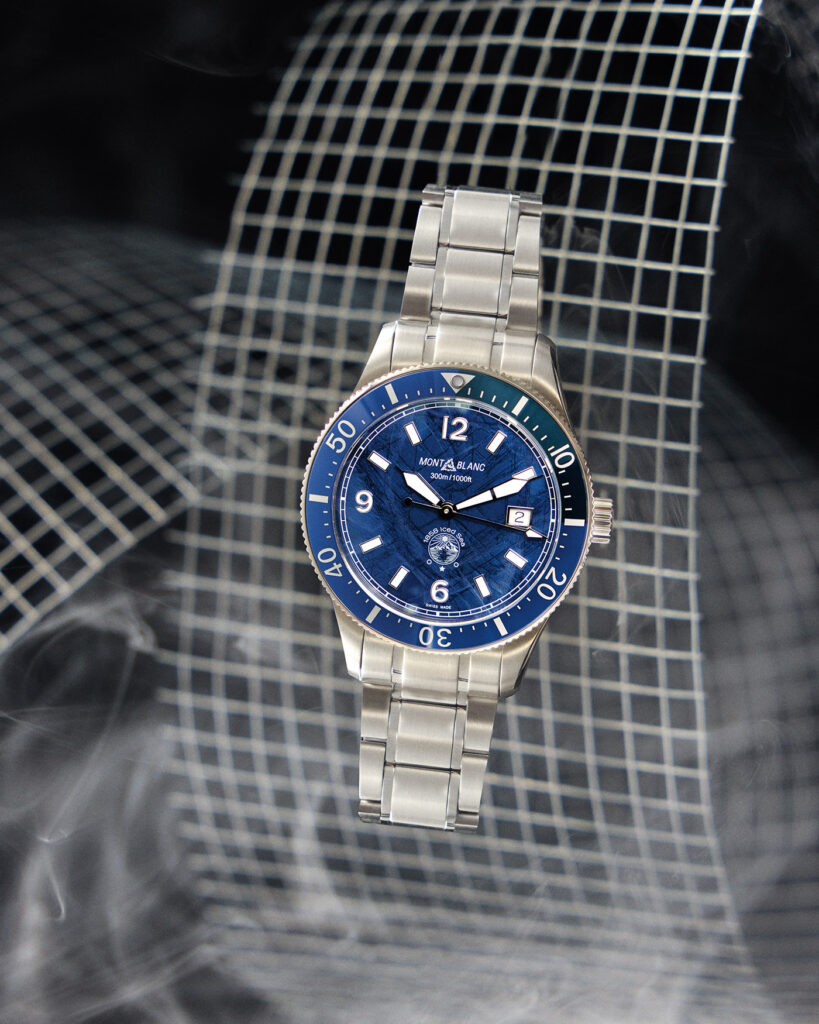
Learn More
Powerful forces of nature with shimmering blue hearts, glaciers are as magnificent as they are mesmerizing. As the first-ever diver’s watch from a brand whose identity is inextricably linked to Europe’s highest peak, the Montblanc Iced Sea uses the Mer de Glace — the main glacier of the Mont-Blanc massif — as inspiration for its standout dial. Made by using a wooden scraper tool to create its textured, 3-D effect, the Iced Sea’s dial is available in green, burgundy, black, or grey, but is at its most hypnotic in glacier blue. ($4,900)
Accutron Legacy “505 Alpha”
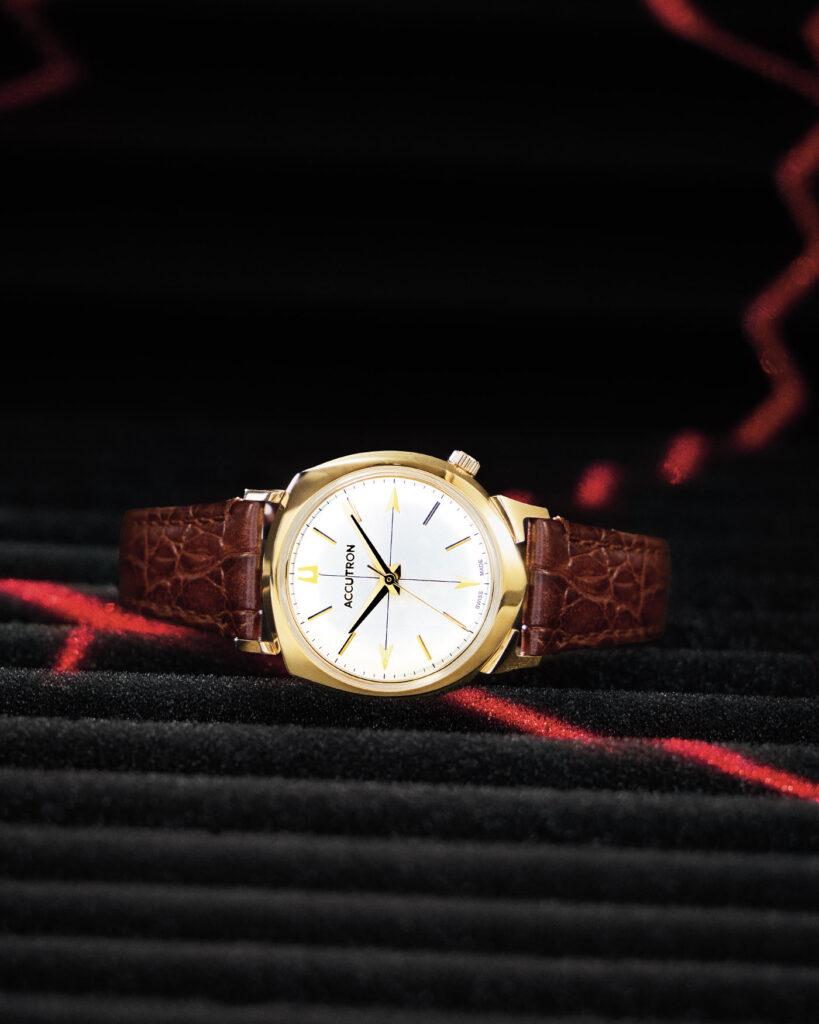
Learn More
In the 1960s, Accutron watches represented the pinnacle of timekeeping technology, thanks to their ultra-accurate tuning fork movements. They also looked like the futuristic creations they were, with designs that embraced the era’s space-age aesthetic. The “505 Alpha,” with its three-sided case and sector dial, was among the most audacious of these designs. The dial’s 15-second quadrants weren’t just a nice-looking detail; however, they also turned out to be particularly useful for doctors and nurses, who used their Accutrons to calculate patients’ pulses and blood pressure. ($2,095)
Cartier Santos-Dumont
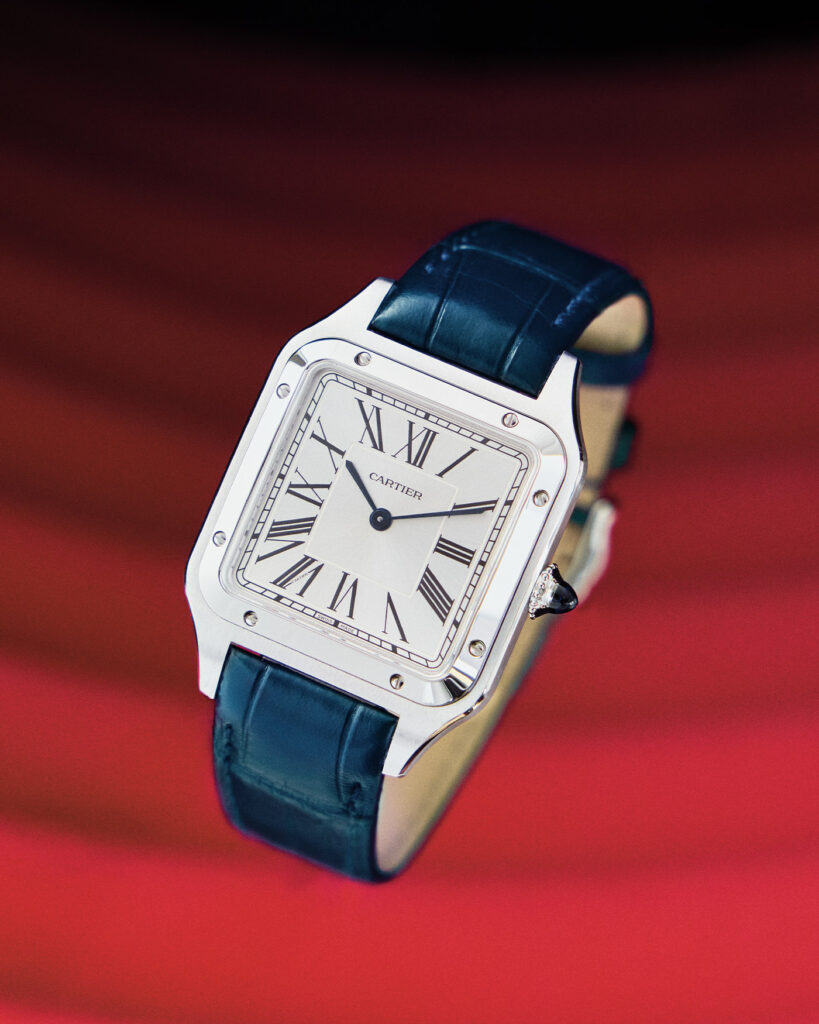
Learn More
It’s hard to mistake a Cartier Santos-Dumont for any other watch, and the reasons for this go to the heart of the Parisian maison’s identity. You could talk about the squared case (said to be inspired by the symmetry of Parisian streets), the Roman numeral dial, the chemin de fer chapter ring, or the sword-shaped hands, but the real tell is the sapphire cap (a cabochon in Cartier parlance) affixed to the tip of the winding crown. ($6,400)
Photography: Marc Santos
Photography Assistant: Sara Fleiszig
Styling: Haley Dach
Prop Styling: Chiara Purdy (Cadre Artist Management)
